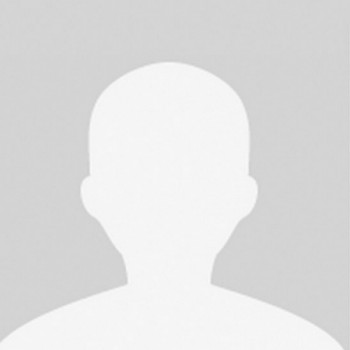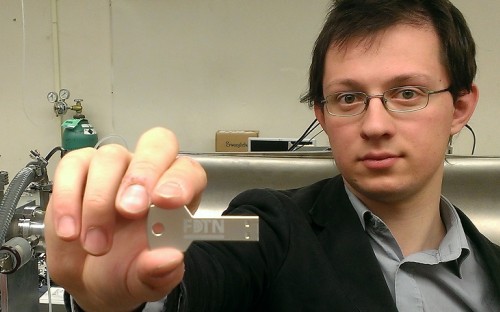In front of the laser; on the USB drive: Fusion Doctoral Training Network
Well, that was a productive 8 weeks. I managed to complete my main scientific mission of creating a USB interface for a 50kW Extreme UltraViolet laser, which I think should qualify it for a list of coolest USB devices. I also managed to get a bit of science done, in the form of some laser ablation experiments. I’ve already got tickets booked to go back to present a poster at an x-ray laser conference and do another round of experiments.
When I arrived in Colorado, I set about designing a small circuit board to allow a computer to communicate with the laser’s controller. Part of the function of the board is to filter out high frequency electrical noise which might otherwise corrupt the computer attached. It does this using an electrical isolation chip and a mix of capacitors and inductors; the boxy components and electrical tracks make it look like a tiny model of a city. It’s sitting inside a large black control box, with only a USB port and three small lights out of the back.
I hadn’t expected – or prepared – to do my next task, which was to program the FPGA (Field Programmable Gate Array), which might be termed the “brain” of the laser. The laser itself operates by creating and energizing an Argon plasma. This requires huge energy discharges, as much as a Gigawatt of instantaneous power, which must be precisely controlled by the FPGA. I simultaneously wrote a program in Matlab and one in Python that can configure the controller on the fly.
By the time I had successfully finished both the FPGA and computer program, my colleagues at Colorado had prepared the rest of the laser control systems for firing. After a shaky start, we were off! Over a week, we got progressively better and better results from the laser. I wrote a Python script to interpret data from two detectors measuring the output laser energy, which had been developed by a student at Colorado. We gathered enough data to get his project signed off, just in time for a poster presentation. All just in time to go for a final massive lunch at a certain Brazilian steakhouse.
Overall, a very productive eight weeks. I’d like to thank FuseNet for this great opportunity to work abroad and collaborate with my colleagues in Colorado.


